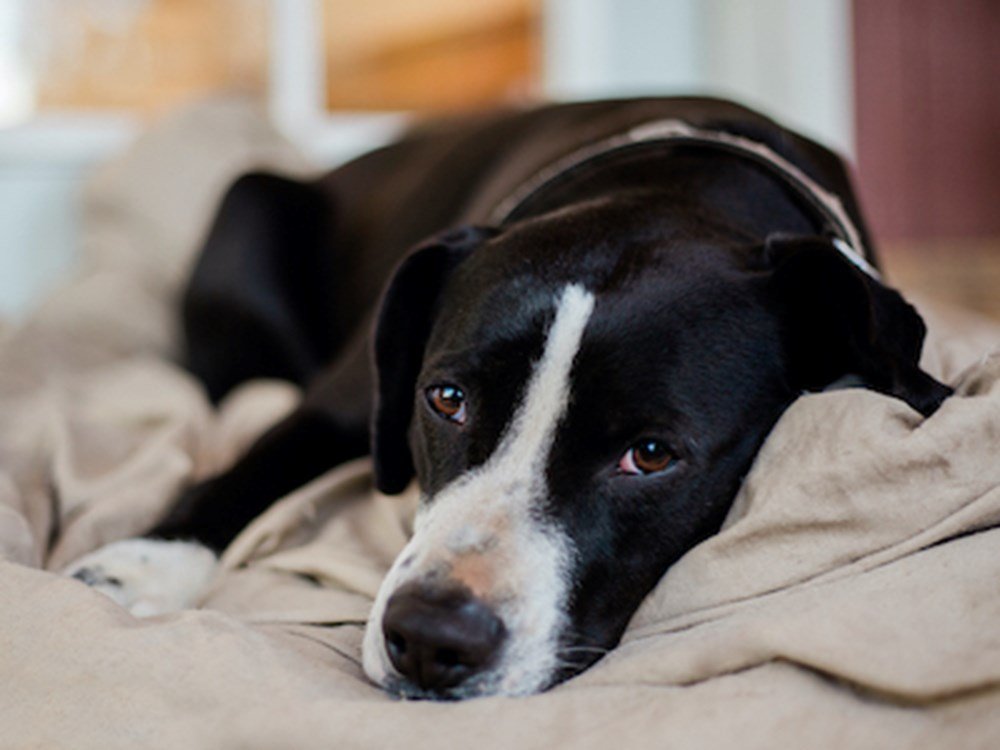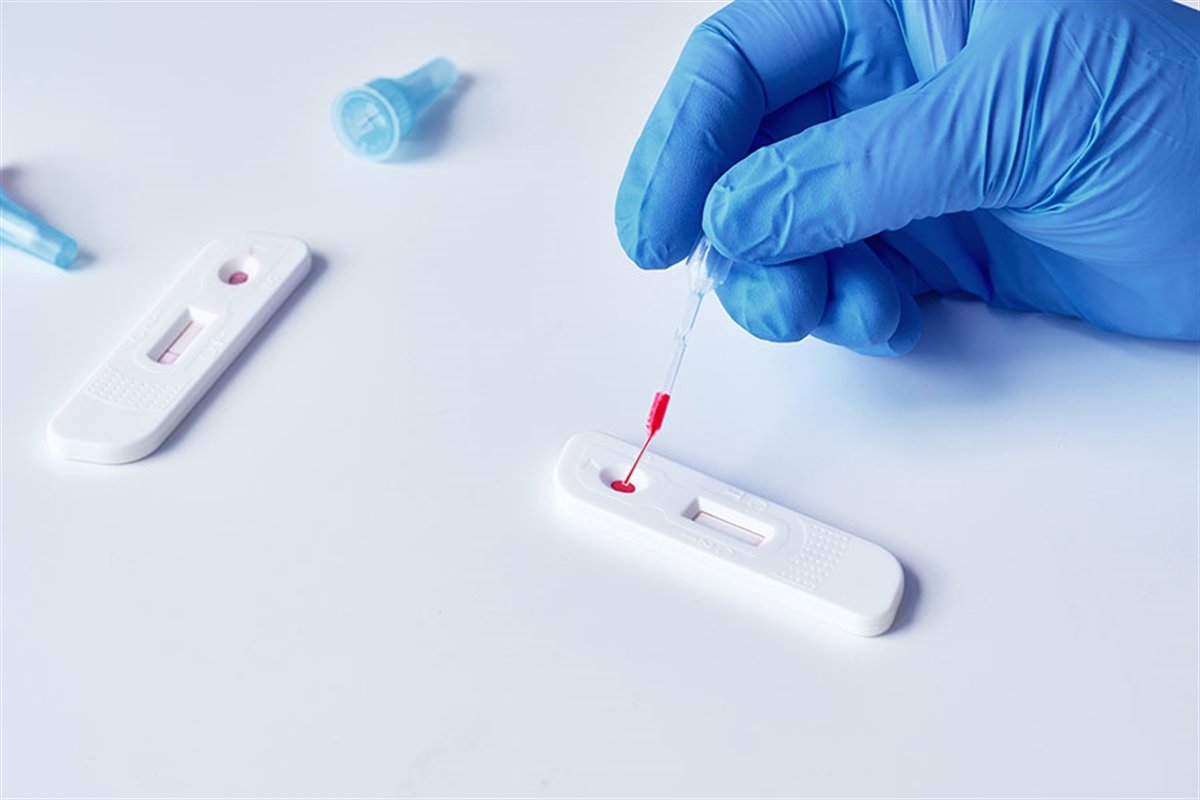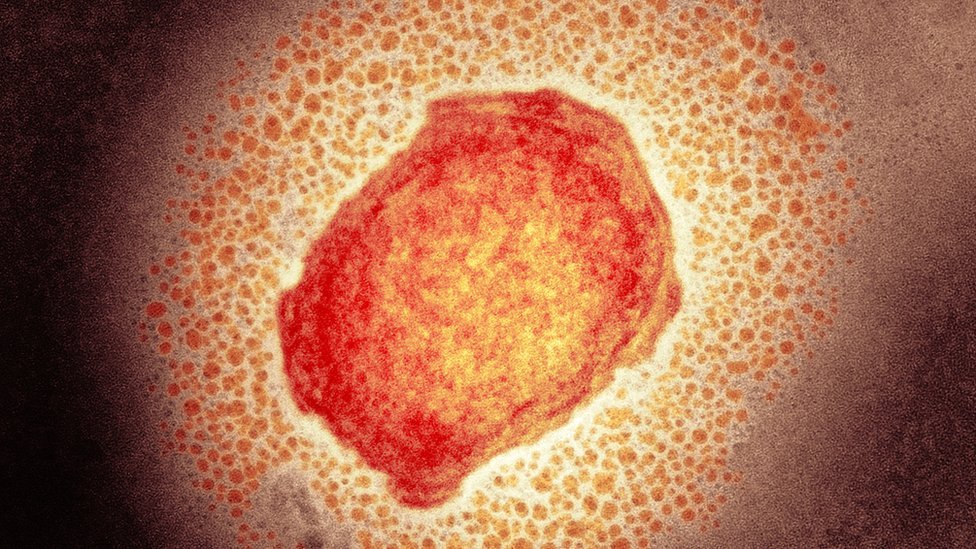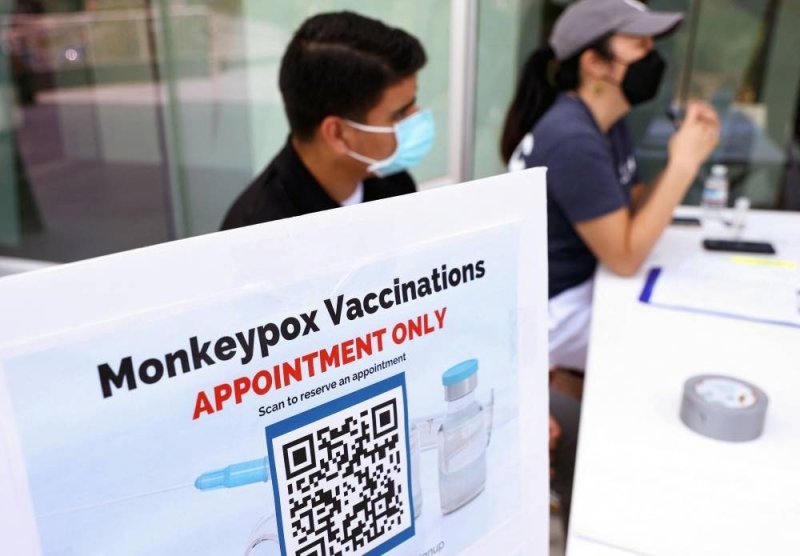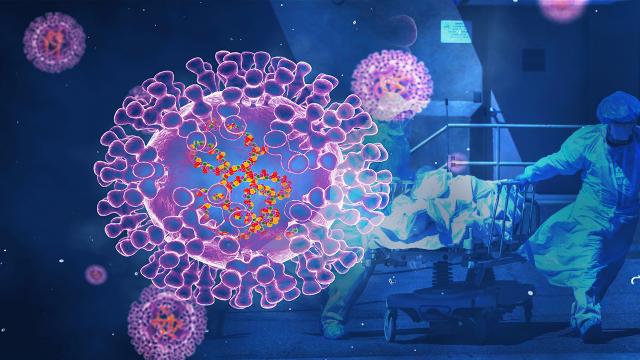According to a recent study, people who had monkeypox may have given the virus to their pet dog.
The first monkeypox infection in a dog has been noted, and this possible human-to-dog transmission is the first time an animal has been suspected of catching the disease from an infected human.
Rosamund Lewis, the WHO’s director on monkeypox, told The Washington Post on Monday, “This is the first incident we’re learning about where there is human-to-animal transmission” (15 August).
“So, this knowledge is novel on a number of levels. Information like this is not shocking, and we have been keeping an eye out for it.”
- NASA has made a surprising discovery about asteroids!
- Gazprom threatens Europe with even higher prices
It’s important to remember that it’s currently unknown if an infected dog may spread the monkeypox virus back to humans, Lewis continued.
Researchers recommended for “more studies on secondary transmissions via pets,” or incidents in which an infected pet spreads the virus to additional humans, in a report of the first-of-its-kind case that was published 10 August in the journal The Lancet.
According to an article in The Lancet, the newest case included two males who were checked at the Pitié-Salpêtrière Hospital in Paris, France, in the first few days of June.
The men share a residence and are not exclusive partners.
Both had had monkeypox symptoms, such as rashes, exhaustion, headaches, and fever, roughly six days after engaging in sexual activity with others.
Since the outbreak’s beginning, cases of infection have been disproportionately concentrated among males who have intercourse with other men. However, this pattern does not suggest that the virus only spreads through sex or that men who have sex with men are more susceptible to the disease; they are not.
No matter their sexual preferences or behavior, anyone can contract and spread the virus.
Monkeypox often transmits from person to person through direct contact with the rashes, scabs, or bodily fluids of an infected individual, including pus, mucus, and saliva, or with objects contaminated with their bodily fluids, such as clothing or linens.
This touch may take place during sex, but it may also happen during intimate nonsexual contact.
This method of transmission is more likely during “prolonged” face-to-face contact or close physical contact, such as kissing. The virus can also be transmitted through respiratory droplets, which are microscopic drops of saliva and mucus released from the mouth.
Their 4-year-old Italian greyhound suffered several lesions on its skin and mucous membranes, including huge, pus-filled pimples on its abdomen and an ulceration on its anus, twelve days after the two men contracted monkeypox.
A diagnostic test later indicated that the dog had monkeypox, and a genetic examination showed that the virus that infected one of the males and the greyhound were identical.
The patients claimed they allowed the dog to sleep in their bed but were careful not to allow the greyhound to mingle with any extra people or animals once they started to experience symptoms of monkeypox.
The symptoms in the dog started about 13 days after those in the men.
“To the best of our knowledge,” the researchers stated in their report, “the kinetics of symptom onset in both patients and, later, in their dog suggest human-to-dog transmission of monkeypox virus.”
The US Centers for Disease Control and Prevention (CDC) amended its website on August 12 to include a warning that monkeypox can infect dogs.
Along with prairie dogs, squirrels, marmots, chinchillas, giant-pouched rats, hedgehogs, shrews, monkeys, and apes, the same sites list a number of other creatures that are known to be vulnerable to monkeypox.
The CDC says that although it is uncertain whether cats can contract monkeypox, it is also possible for some mice and domestic rabbits to contract the virus.
The CDC recommends that individuals with monkeypox avoid contact with any animals, including pets, domestic animals, and wild animals, in order to prevent the virus from spreading.

